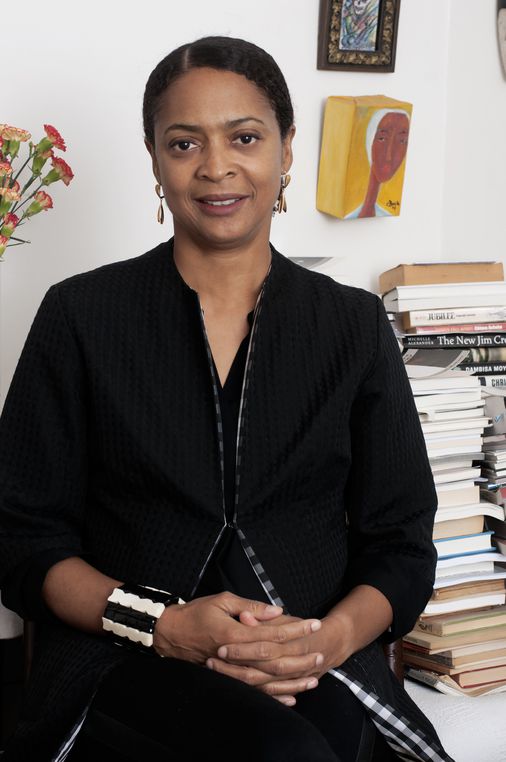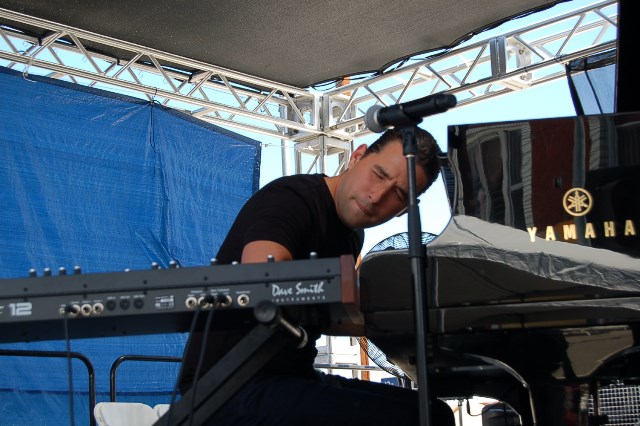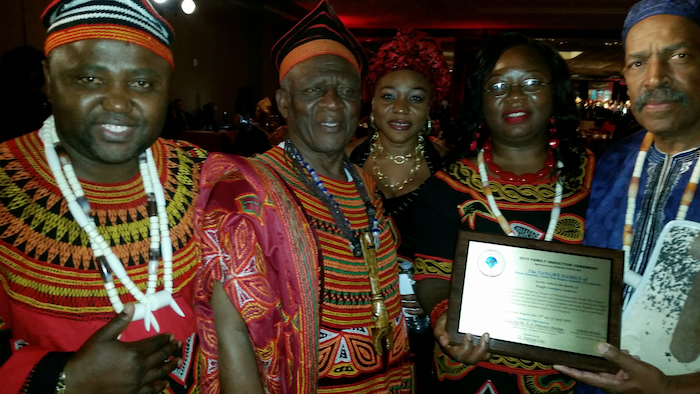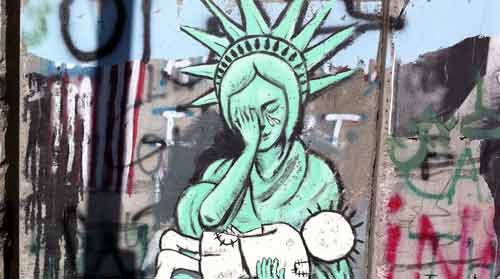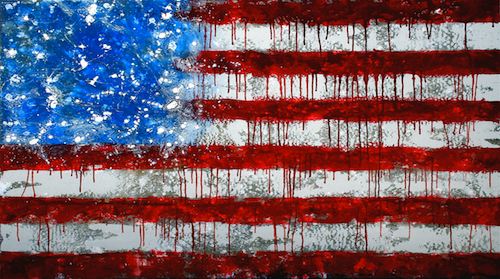Our new home was not ruled by dictators, yet we quickly understood the proposed limits and informal surveillance of our movements, writes Danielle Legros Georges.
Magazine, The Immigrant Experience, Boston Globe By
I was born during a hurricane, I am told, in Gonaïves, capital of the Artibonite department, Haiti. The small house my parents were renting was built in the Gingerbread style, its flexible timber frame made to withstand tremors and storms, its fanciful wooden lattices meant to please the eye.
A strategic port, Gonaïves was among the first theaters of revolutionary combat in the 13-year fight by enslaved and free people to wrest their independence from France. The Haitian Declaration of Independence was proclaimed here on January 1,1804, making it the cradle of independence for a nation explicitly anti-Colonial and constitutionally antislavery.
The weather in Gonaïves and Boston could not be more different. My family made its way to Boston in the 1970s, during a long climate event I will call “the hail of stones and slurs.” The Boston busing crisis, now chronicled as a case of school desegregation gone terribly wrong, was in full blaze. We were greeted by this phenomenon as well as Boston’s racism and de facto segregation.
We were received more warmly by the Haitians who had preceded us to Boston. Later, we welcomed those who followed: friends, colleagues, acquaintances arriving in thin clothes meant for warmer climes, just as we had. Some would live with us — for a month, two months, five, a year even — in the three-bedroom Cape-style house my parents bought in Mattapan. We too had lived with friends upon landing in the States, first in New York and then in Boston.
The roughly 70 Haitian families in the Boston area at the time of our arrival were already linked. Most of us were part of the 1960s and 1970s migration by young professionals to work in Francophone Africa for UNESCO, often in the Democratic Republic of Congo. We had first escaped the repressive Duvalier regime, only to find ourselves under yet another US-backed dictator, Mobutu Sese Seko.
Boston, our new home, contained no such dictators, yet we quickly understood the proposed limits and informal surveillance of our movements. My brothers and I were enrolled in St. Angela’s Catholic primary school in Mattapan, where we mostly felt safe. Portions of Dorchester and Roxbury were safe zones of after-school circulation, including to the Elma Lewis School of Fine Arts for classes. Savin Hill — now a perfectly reasonable place to amble and admire New England architecture — then carried the moniker “Stab and Kill,” a not-subtle reminder that one might take one’s Black life in one’s hands when venturing too near its borders. Other parts of Dorchester, where I now live, were also out of bounds. South Boston, of course, everyone knew about. Many of Boston’s suburbs were off-limits. There was no book titled Places Where Black People Should Not Go in Greater Boston. But there was redlining. There were anecdotes. There were scars. There were house fires.

